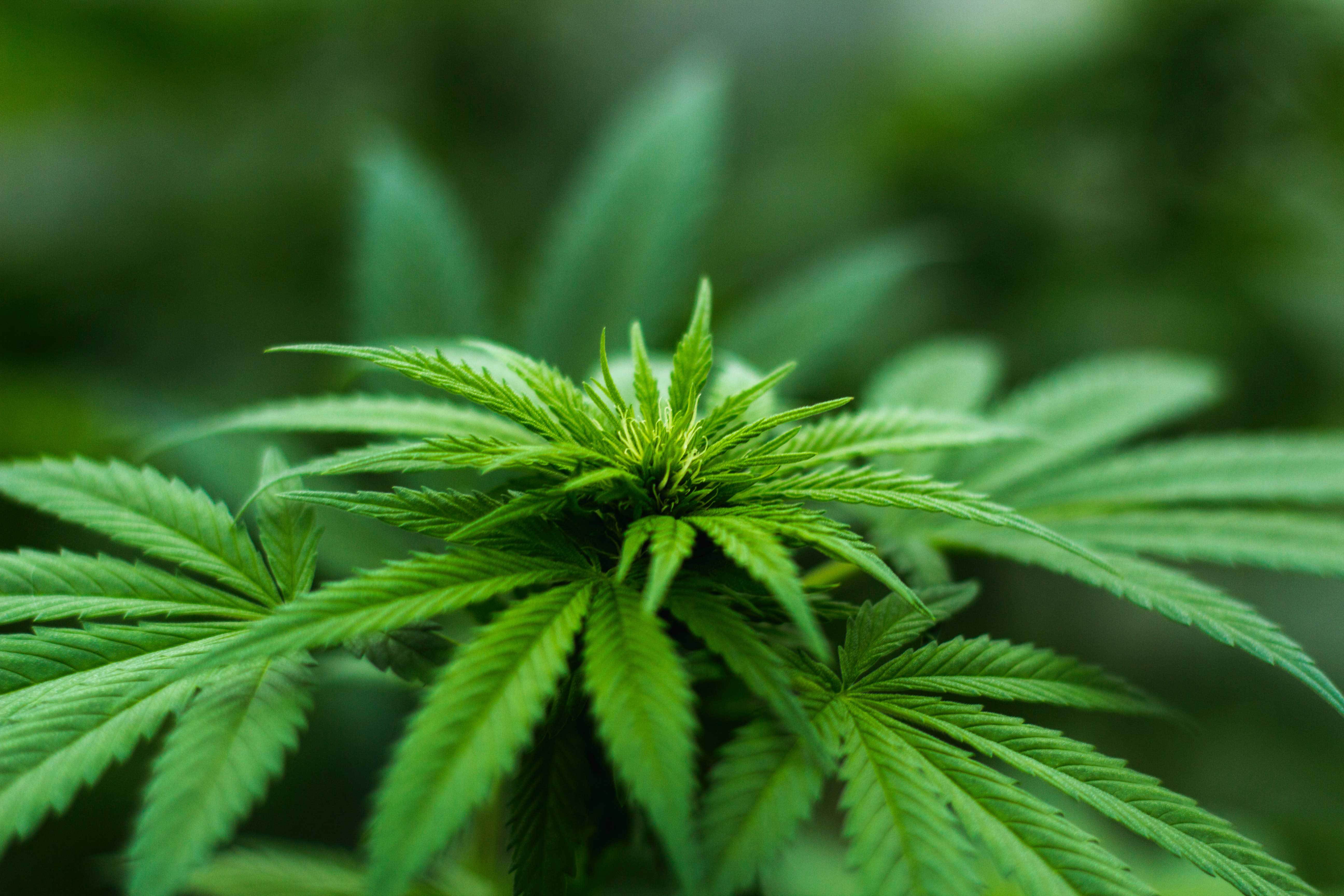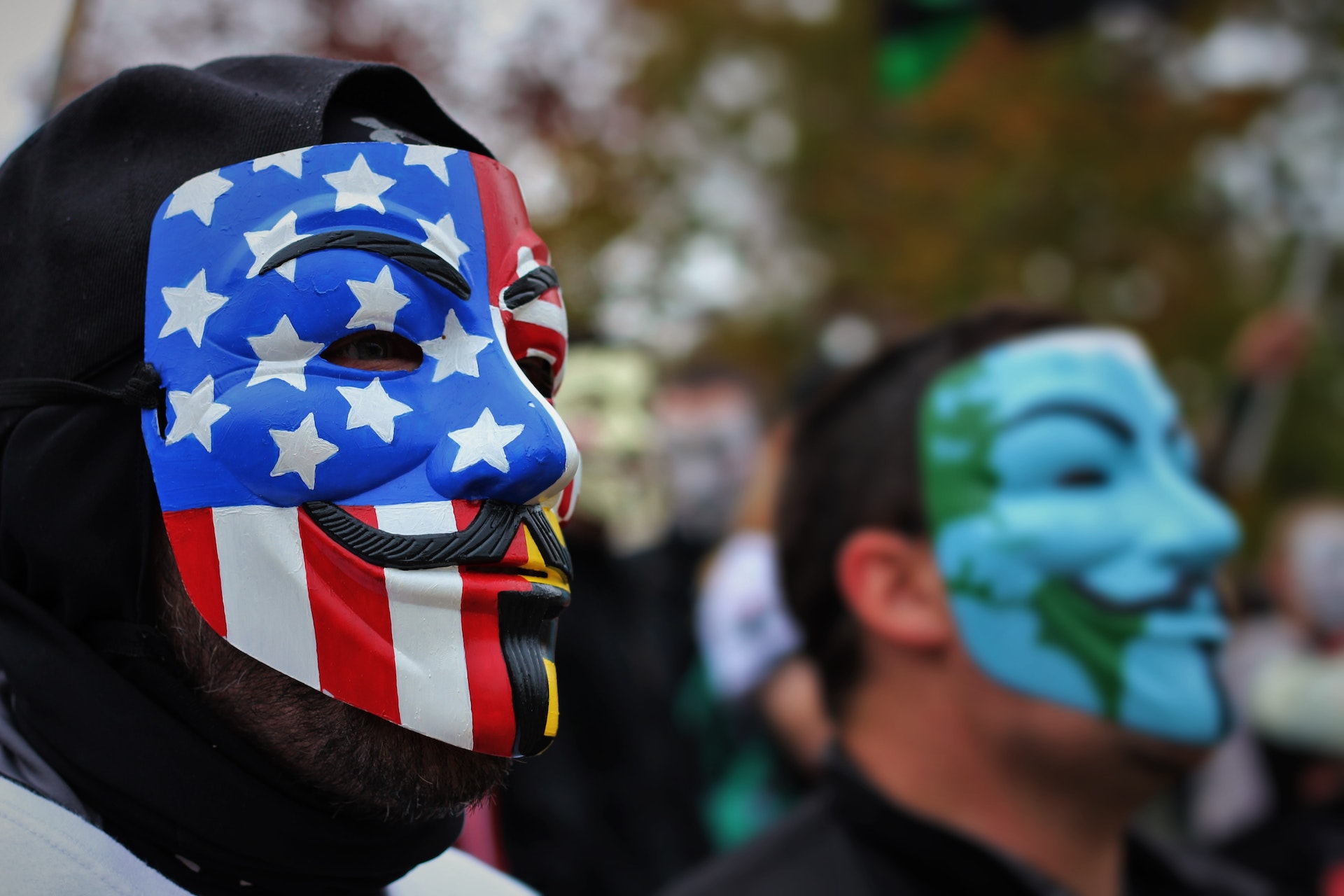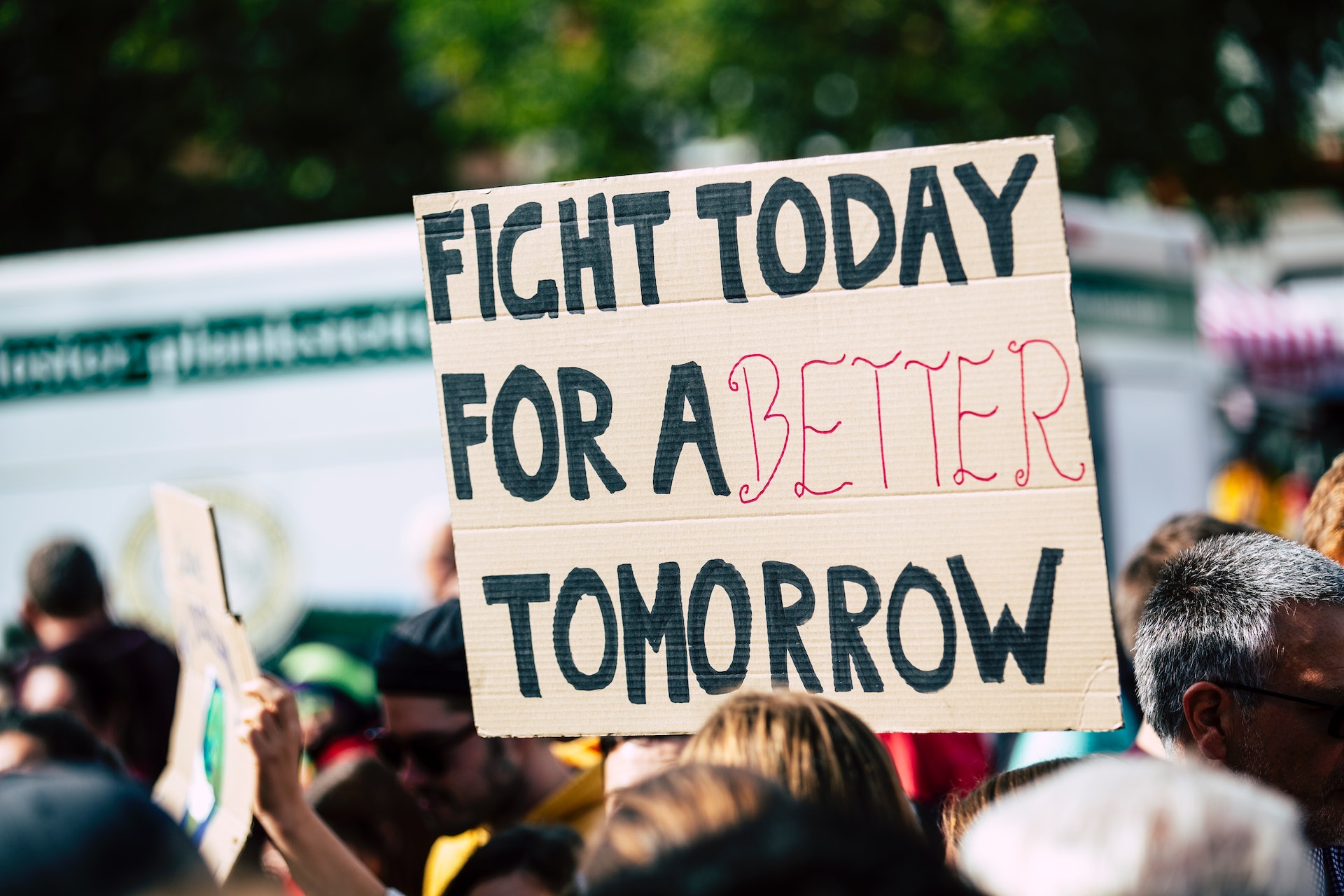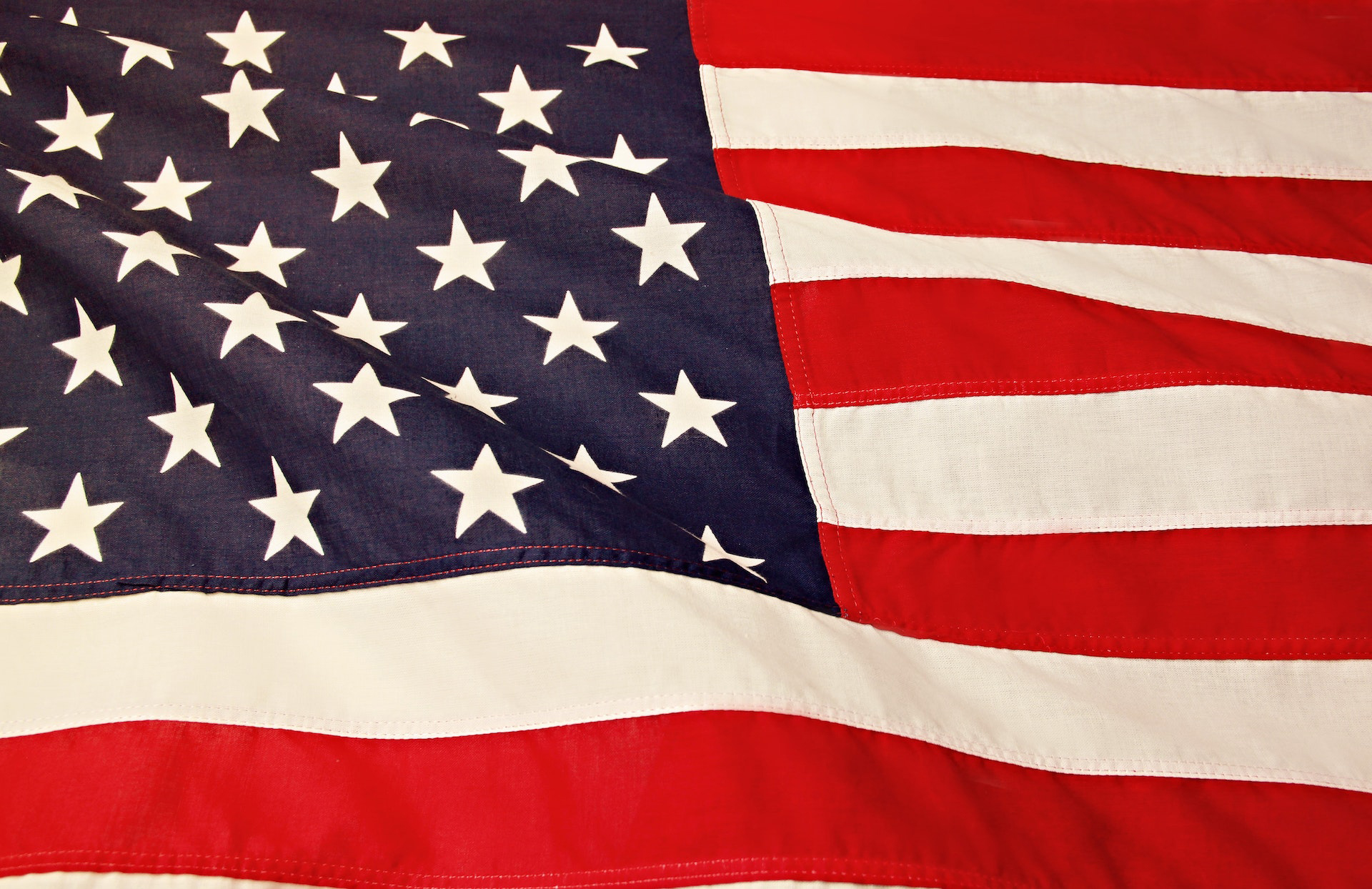Seeds of Change: A Brief History of Cannabis and Hemp in the United States

Prepare for a fascinating trip through time as we explore the winding journey of the history of cannabis and hemp in the United States. But this isn’t any old history lesson!
This tale of cannabis is one of scandalous intrigue and extraordinary growth, all seeded by the actions of our presidents and the people.
From the days of our founding fathers to our contemporary leaders, Commanders-in-Chief have left their mark on our favorite plant, for better or for worse. So, get ready, because we are going to follow their steps back 400 years!
Early History of Cannabis: Hemp Farming (1600s–1800s)
The journey of hemp in the United States starts in the era of the Founding Fathers. European settlers brought hemp to North America, where it was promoted as a cash crop due to its many practical applications.
Its strong fibers were used to make common items, like:
- Rope
- Paper
- Clothing
- Even sails for ships!
Hemp was a mainstay of the colonial and early American agricultural economy because it was easy to grow and so versatile. Cannabis was also cultivated for its medicinal properties, though on a smaller scale.
Hemp was widely accepted during this time. Even President George Washington decided to grow the plant at his estate in Mount Vernon. Other early presidents, including Thomas Jefferson, also endorsed hemp farming.
20th Century Regulation and Prohibition
Then, suddenly, at the turn of the 20th century, Americans’ views on hemp and cannabis changed in a big way. A wave of immigration from Mexico introduced recreational cannabis. This way of using cannabis was foreign to American culture but welcomed by the younger crowd.
Political tensions caused cannabis to become increasingly associated with criminal activity and anti-establishment ideals. So, the herb was demonized through propaganda campaigns like “Reefer Madness.”
This dramatic shift in national attitudes towards cannabis and hemp eventually led to action. President Franklin D. Roosevelt passed the Marihuana Tax Act of 1937.
Although it was meant to be aimed primarily at cannabis, this legislation lumped hemp with its psychoactive counterpart, marking the beginning of hemp’s regulatory struggles too. The Marihuana Tax Act effectively criminalized both hemp and cannabis by imposing prohibitive taxes on their possession, sale, and transportation.
Surprisingly, the exact same president who passed the Marihuana Tax Act of 1937 revived hemp! Franklin D. Roosevelt supported the “Hemp for Victory” program during World War II. But it wasn’t long before that flame of hope was extinguished.

Post-WWII Era to the War on Drugs
President Richard Nixon brought the resurgence of hemp to an end during the postwar era. Nixon intensified the crackdown on cannabis and hemp and passed the Controlled Substances Act of 1970, which categorized cannabis and hemp as a Schedule I substance.
Keep in mind that our beloved weed had been classified as a Schedule 1 substance, along with heroin, LSD, and ecstasy!
This set the stage for the infamous “war on drugs” and dragged cannabis through the mud even more. Misconceptions surrounding cannabis and hemp grew at an alarming rate, stifling the growth of both industries.
The Medical Marijuana Movement and Legalization
The history of cannabis and hemp in the United States teaches us so much, especially when we look at it from a medical perspective. For instance, in the last decades of the twentieth century, there was a dramatic shift in public opinion regarding cannabis and hemp as scientists and doctors began proving that cannabis had medical benefits.
Around this same time, the AIDS epidemic swept the nation. By the 1980s and 1990s, it disproportionately affected the LGBTQ+ community, and many sought out cannabis to treat their symptoms.
Individuals most affected by the devastating effects of the disease pushed the hardest to legalize medical marijuana. And finally, in 1996, it was legalized on the state level in California with Proposition 215.
Despite federal prohibition, California became the first state to legalize medical marijuana.
This sparked a nationwide movement advocating for the recreational use of cannabis, leading to a wave of legalization in various states throughout the 2000s and 2010s.
The trend accelerated during President Barack Obama’s presidency, with numerous states legalizing recreational cannabis use.

The 2018 Farm Bill and Modern Hemp Farming
Under President Donald Trump, the potential of industrial hemp was once again the center of political debate, and hemp reached a turning point – the 2018 Farm Bill was signed into law.
The 2018 Farm Bill proved to be a game-changer by legalizing hemp farming on a federal level. It also removed hemp from the Controlled Substances Act’s list and invigorated the hemp industry.
Still in effect today, this legislation continues to stimulate the growth of the hemp industry, with applications now ranging from textiles and construction materials to cannabidiol (CBD) wellness products.
The Current State of Cannabis and Hemp
Yet still, the cannabis industry in the United States is being held back. Even though there have been improvements, the differences between state and federal laws continue to be a problem.
The cannabis industry alone adds billions to the U.S. economy every year. However, the promise of the hemp industry is perhaps even greater, as it has the potential to revolutionize everything from sustainable construction to biofuel production
As the hemp and cannabis industries move forward, presidential influences continue to shape their futures. President Joe Biden has taken a cautious approach to cannabis legislation. The administration has placed a higher priority on criminal justice reform and decriminalization.
In Biden’s formal announcement on October 6th, 2022, he:
- Released a full and unconditional pardon for over 6,500 Americans convicted of simple cannabis possession under federal law.
- Urged state governors to do the same and use their pardon powers.
- Requested a reassessment of cannabis’ classification under the Controlled Substances Act.
Additionally, the hemp industry continues to flourish under Biden’s administration. With its widespread potential uses, hemp is increasingly viewed as a crop for environmental progress.
The Biden administration emphasizes its commitment to climate change initiatives and clean energy. Whether they are aware of it or not, this is setting the stage for hemp to become an essential part of America’s green economy.

The Cannabis Industry of the Future
From Washington to Biden, each president has left their mark on the narrative of these crops. But there are so many more who have shed blood, sweat, and tears for this incredible plant.
We can’t forget the
- Farmers who grew it when it was illegal so that it could be used as medicine…
- Citizens who became politicians and chairpersons in an attempt to make a difference…
- The first cannabis dispensary owners and employees who provided compassionate access to medical cannabis…
- Everyday people who stood up against the government and pushed for the laws to be amended…
Some of them walk down the same streets as you do, while others are stuck behind bars, praying for the day we win the fight and cannabis becomes federally legal.
Every one of them has planted a seed. And together, they will indeed yield a beautiful harvest.
As we look toward the future, the change that others have sown will continue to bear fruit in the form of ongoing policy discussions and the growth of the hemp and cannabis industries. And perhaps one day, it will blossom as fully legalized cannabis across the country.

